Assiniboia exported patterns of culture, settlement and religion to the Hudson Bay Company’s Columbia District. That’s us here out on the Pacific Coast, north of California, more or less what is called Cascadia these days, and sort of like this:
This blog is being written pretty much from the peak of Cascadia’s middle “A”. Close to the middle of the world, really.
The USA did much the same. This is the story of the sons of chiefs, educated in the magical traditions of the colonizers in order to master those shamanic practices. We’re talking religion here. Anglican religion. Brought to Assiniboia to help keep the colony’s Highland Scots settlers Anglican and English, rather than their native Catholic, with its Hebridean and Celtic pre-Christian roots. The first church as part of this political indoctrination was built in 1820.
The church and school here were at Kildonan were built by John West, an English Missionary.
It is entirely possible that this French Canadian church was, um, not actually built by West’s own two hands, but, rather, under the supervision of some French Canadian catholics, with Highland labour thrown in and money from donations back in England.
Note that schooling was pretty much the order of the day. See these guys?
Two dogs, 1 child, 1 woman with a hat sowing grain from her purse, 1 native man hoeing, and one native man admiring his scythe after cutting some wheat.
Pretty quick crop rotation, huh! Not to mention that the field is only the size of a contemporary city lot. This is starvation, is what it is. Still, here is West himself, the builder, and a few of his other churches.

John West,. Source..

The tiny hamlet, with its hotel, manor house, 40 cottages, farms and lumber yard has belonged to the Bourke family for more than 400 years, in a benign throwback to feudal times
Source

The White Roding Church.
This is the building that West worked at before he left for Assiniboia. Not so different from Chettle (above). Source

The Leaden Roding Church
Just 3 minutes walk away. Seemingly, the model for his church on the Red River. Source
And here is a little history from The History of the Church Mission Society of how Assiniboia became the village church for half a continent:
Now, a church can’t be a village church for half a continent, that’s for sure, but it can play a political role. In that light note the name of one of the Board Members of the Hudson Bay Company in the extract above:
It’s not an aristocratic name, but it soon was to be, as far as the Anglican Church could finangle it. We’ll get to that in a sec, but first let’s let Garry …
…arrive on the scene, in his own words. All this stuff will be repeated out west, so we might as well see how it works. As Garry wrote when he travelled onto the prairies to give the news that the HBC and the Northwest Company had merged and had better get their act together now and stop killing each other:
One wonders if the debasement of the daughters of HBC men and native women mentioned here might not have been a criticism of HBC Governor Simpson’s habit of picking the prettiest girl in every fort as a concubine, promising power, trade connections and wealth for her and her family, and then dumping her when she became pregnant. Or maybe it was just that Robert Semple, world traveller, picked by Simpson a governor of Rupert’s Land, died there four years before in the Battle of Frog Plain.
Robert Semple, Governor of Assiniboia and Governor in Chief of Rupert’s Land
He died at the age of 36 on June 19, 1816, at what is now the corner of Main Street and Rupertsland Boulevard in Winnipeg. Author of:
A journey from Cape Town to Blettenberg’s Bay
Observations on a journey through Spain and Italy to Naples; and thence to Smyrna and Constantinople: comprising a description of the principal places in that route, and remarks on the present natural and political state of those countries
Lisbon, through the western skirts of the Sierra Morena, to Sevilla, Cordoba, Granada, Malaga, and Gibraltar; and thence to Tetuan and Tangiers
Sketch of the present state of Caracas; including a journey from Caracas through La Victoria and Valencia to Puerto Cabello
Observations made on a tour from Hamburg, through Berlin, Gorlitz, and Breslau, to Silberberg; and thence to Gottenburg Source
Parks Canada’s monument to the battle is discussed here.
The Victory of the Frog Plain (aka The Battle of Seven Oaks)
Here’s how the battle went, as The Canadian Encyclopedia puts it:
Note that the men on the left above must be the so-called “debased” ones, that is to say: uninterested in submitting to the authority of the Hudson Bay Company that had just declared a colony on their land. It was violence of the kind above that Samuel Black and Peter Skene Ogden brought from these battles to the Columbia District. Apart from that, the sacrament of marriage apparently opened social doors for girls, which, apparently, opened those for their spouses. It is not mentioned if it did the same for sons. The chiefs of the Columbia District sure hoped so. Remember Garry?
In the Columbia District, Garry was remembered differently. In that case, a young Spokane man, Slough-Keetcha, beloved son of Spokane chief Illeum Spokane, was sent to John West’s church in Assiniboia to learn English, French and the Anglican gospel, so that he could come back as a chief and lead what would then, so the theory went, become a Christian people. To start that process, Slough-Keetcha was given a new ceremonial name. It was not the usual thing, a Christian name like John or Luke or Matthew, but an HBC name: “Spokane” for his people, a White method of depersonalized naming that usually gave a Christian first name and ‘Spokane” or “Cayuse” or “Syilx” and so on as a surname. This time, though, the family name was “Garry”, like the fort in Assiniboia. So, the question is, I guess, does the man on the right look like the fort above him? Do either look like Nicholas Garry himself? No? Well, that’s how aristocratic naming conventions go. One becomes one’s function. To somebody. Apparently.
The plan wasn’t Simpson’s alone. It was also West’s. Just a sedentary agricultural life was supposed to civilize the Highlanders in the colony, so it was, West declared, going to do to native people. As he records in his journal…
…there was dissent, as he recognized, that if Native people were farmers they weren’t likely to go off into remote rivers to hunt for furs, which shows a remarkable ignorance of just how little money one can make by farming. Here’s West:
He was pretty hung up on this agricultural business, and had latched onto the idea that because indentured agriculture was the foundation of the economy of English and Scottish private estates, it was the foundation of civilization itself.
At root, civilization is just a word to describe societies that live in cities. Apparently, even if those cities are built on harnessing rural people to their desires. On the other hand, value gets attached to the practice, with the assumption that one city gets to control vast swathes of territory by its own right…
Kind of like this region of 944,736 square kilometres, including the northern half of the Columbia District. It is 4 times the size of Great Britain, and is made of two former Crown colonies, each dominated by one city and even going so far as to say that vast regions contain no people at all.
…which tends to separate people and create barbarians when there are none. Still, West cast his eye on the Columbia District …
Here above (now inundated) Cello Falls, these treasure-seeker’s pits attest to a seasonal urban area of 40,000 people that controlled the trade of close to half of today’s United States. By one measure, that’s civilization. By another, it’s not everywhere the best o agricultural land.
…and persisted. After praising the agricultural soil (which he hadn’t seen) from American reports, he wrote in defence of tethering Indigenous people to small parcels of land and, well, pretty much negated his earlier defence of Christianization:
So, the goal was not to keep them in the fur trade.
Surreal interlude now. When Indigenous people were finally tethered to small pieces of land, what West considered the foundation of spiritual education, it was to small reservations, by force, on the principle that Indigenous people could grow enough food for their families on tiny plots of land whereas settlers needed a minimum of some 300 acres; Indigenous people would live off of hunting and fishing; and Indigenous people would provide a labour pool to enable settlers to farm their over-sized tracts of land. Every settler became a landed lord. Every Indigenous person became a dispossessed Highlander. The contradictions in this project were self-contradictory. They remain so. Just compare the small amounts of land reserved for Indigenous independence in British Columbia…
… with something as simple as provincial parks…
…or even campgrounds, where people from Vancouver can re-experience the art of settlement (the map below, after all, is from a website called “Vancouver is Awesome”)
Maybe Vancouver is awesome and maybe it isn’t, but those tenting areas fill more space than reservations for Indigenous people and are spread in an area much like the size of France. Not Vancouver at all! As this history progresses, the reasons for this surreal situation will become clear as the ongoing expressions of US American tensions from California and Oregon. End of surreal interlude.
The subversive nature of West’s work as chaplain to the HBC is not his only astonishing revelation. Below, West talks about obtaining Indigenous slaves as gifts, without realizing that a gift comes with an obligation of kinship and diplomacy, and then instructing them in religion and, presumably, agricultural and, presumably, leadership from there.
He doesn’t mention that many of the HBC’s labourers were slaves. Did he not notice?
This kind of ignorance and this revolution-by-slave-education could hardly have been well received. To say the least. The first step in this program was to obtain permission for Spokane Garry to come to Assiniboia. in fact, four boys were chosen to be the agents of change in four powerful peoples. As Larry Cebula documents in Plateau Indians and the Quest for Spiritual Power, 1780-1850…
… the first two were Spokane Garry (After Nicholas Garry) from Spokane and Kootaney Pelley (After Sir John Henry Pelly) from Lac Coeur d’Alene.
Sir John Henry Pelley was the 17th Governor of the HBC (1822 to 1852). He oversaw the merger of the HBC and the Northwest Company.
They were gifts. And they weren’t alone. As Cebula documents:
In the winter of 1829 the two went home for a few months and returned to Red River in 1839 with five more native boys. As with Garry and Pelley, the boys were given “English” names by combining the name of their tribes with those of prominent Hudson’s Bay Company Officers. Thus the boys were dubbed Kootenay Collins, Spokan Berens, Cause Halket, Nez Perce Pitt, and Nez Perce Ellice.
Plateau Indians and the Quest for Spiritual Power, 1780-1850.
Both the company and the tribes hoped that when these young men became chiefs they would disseminate Anglicism across the Plateau and spread the concept of accommodation and integration.
“The curriculum at Red River was harsh, designed to “civilize” first and convert second,”
notes Cebula, on the principle that
“a broad English-style education would be necessary for the native children before “their characters will be changed under the mild influence of the Christian religion.”
Discipline was maintained by severe whippings. It was as if they were on a ship in the South Seas. Note that Sir John Henry Pelley was a fourth generation naval man. His youth was spent in the same harsh conditions that were prescribed at Assiniboia. With his connections, he eventually became Deputy Master of Trinity House, the U.K.’s pilotage and lighthouse authority, and during his last two years at the HBC he was Governor of the Bank of England.
Cerula notes that:
Garry and Pelly began instructing their people even before they arrived. In 1828 at Fort Kamloops, George Simpson harangued some Shuswaps [secwepemc] “never to be guilty of theft, murder, or of any inhuman deed towards the Whites” — a lesson he reinforced by reading passages from two letters written by the boys.
Plateau Indians and the Quest for Spiritual Power, 1780-1850.
It was the way a slaver might talk to his property.
Welcome to the Columbia District. Next we will go to the American version, where Jason Lee’s Chemeketa Mission in the Willamette Valley (much praised by West), sent a boy of its own to the East. Vast sums were spent on the mission. This boy was its only convert. The mission, however, was instrumental in creating Oregon as a US state rather than an independent republic. Things are about to go terribly wrong. You’ll see.
Categories: Agriculture, First Peoples, history, Nature Photography


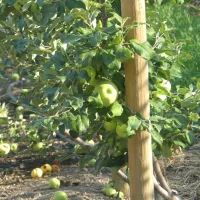
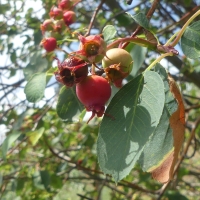
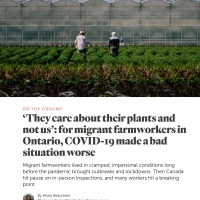



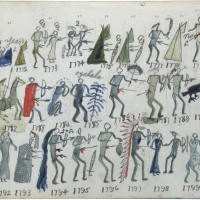


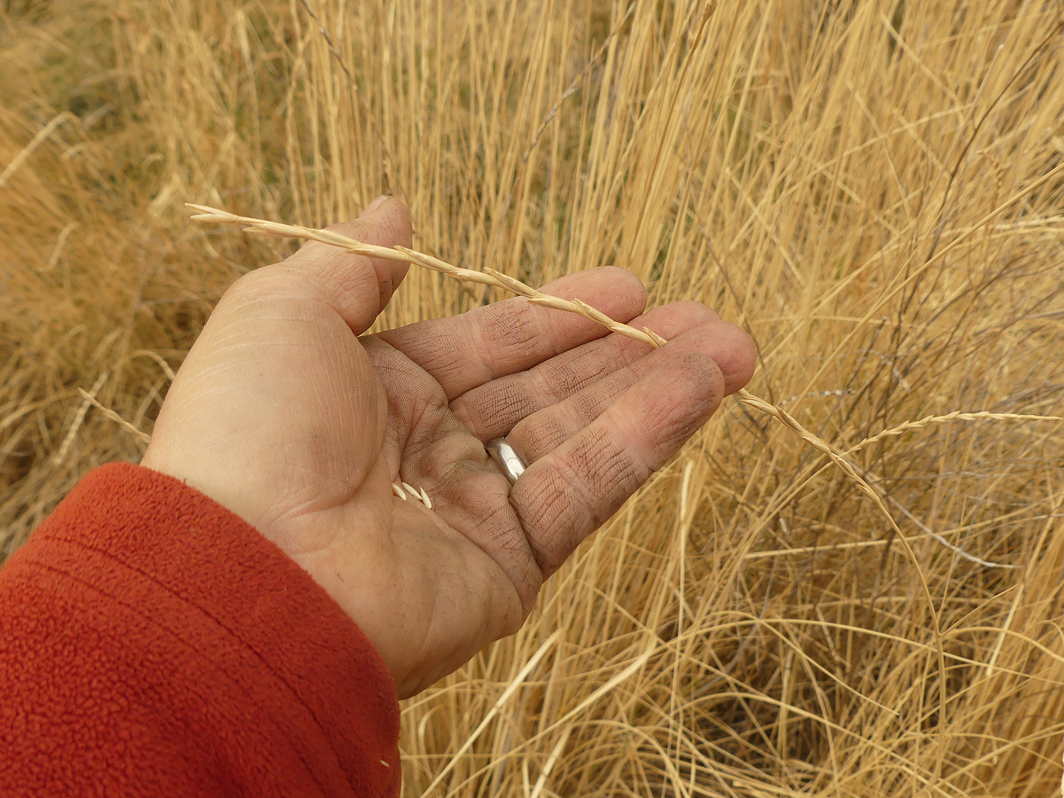































3 replies »